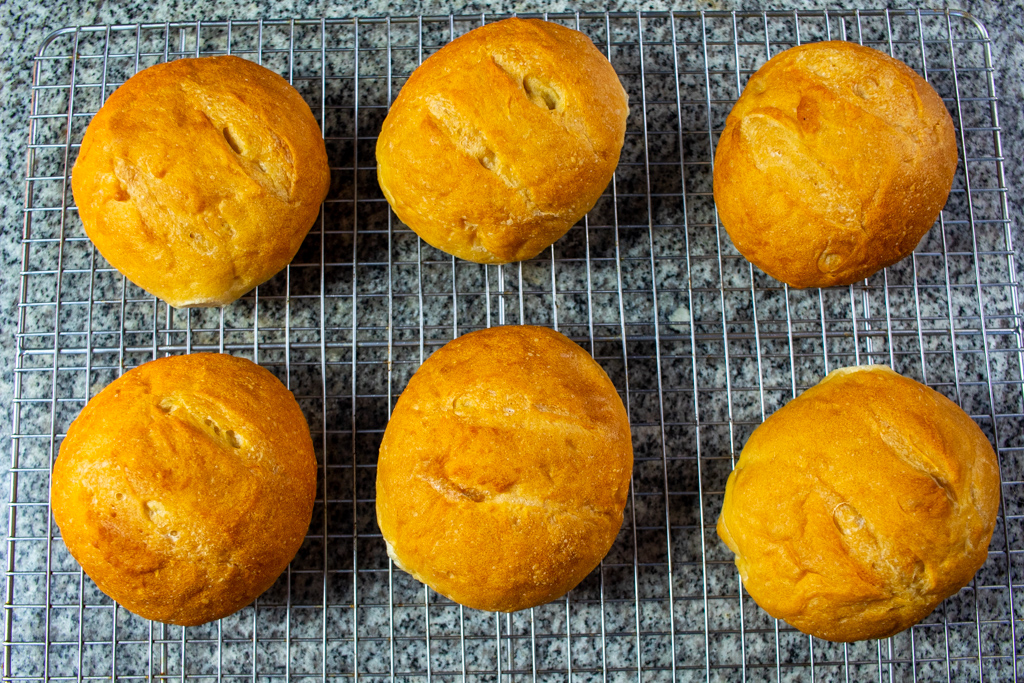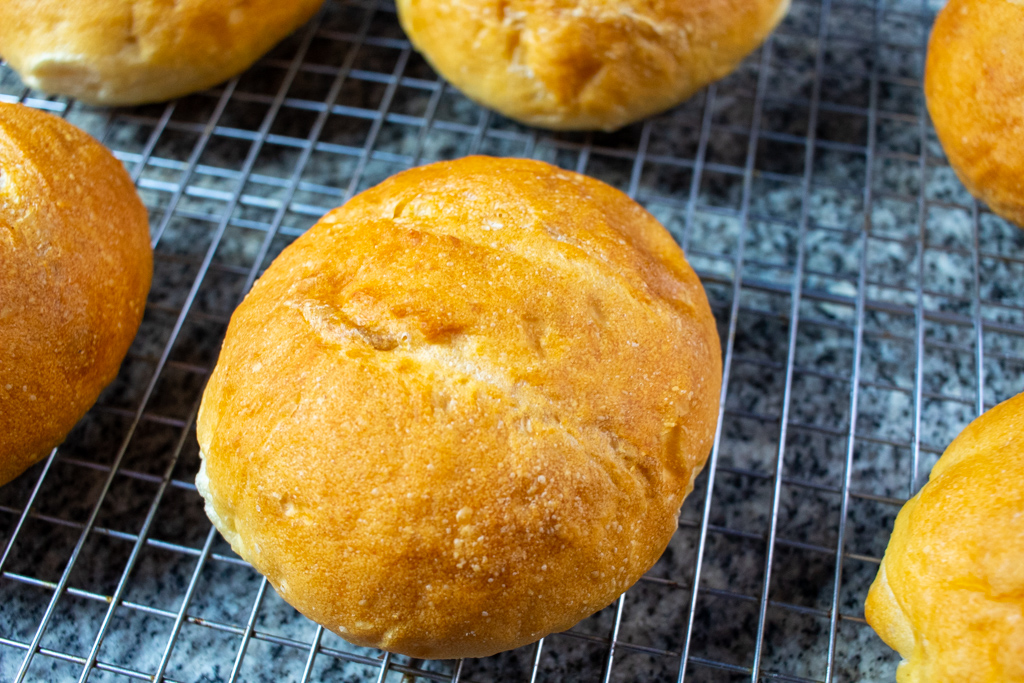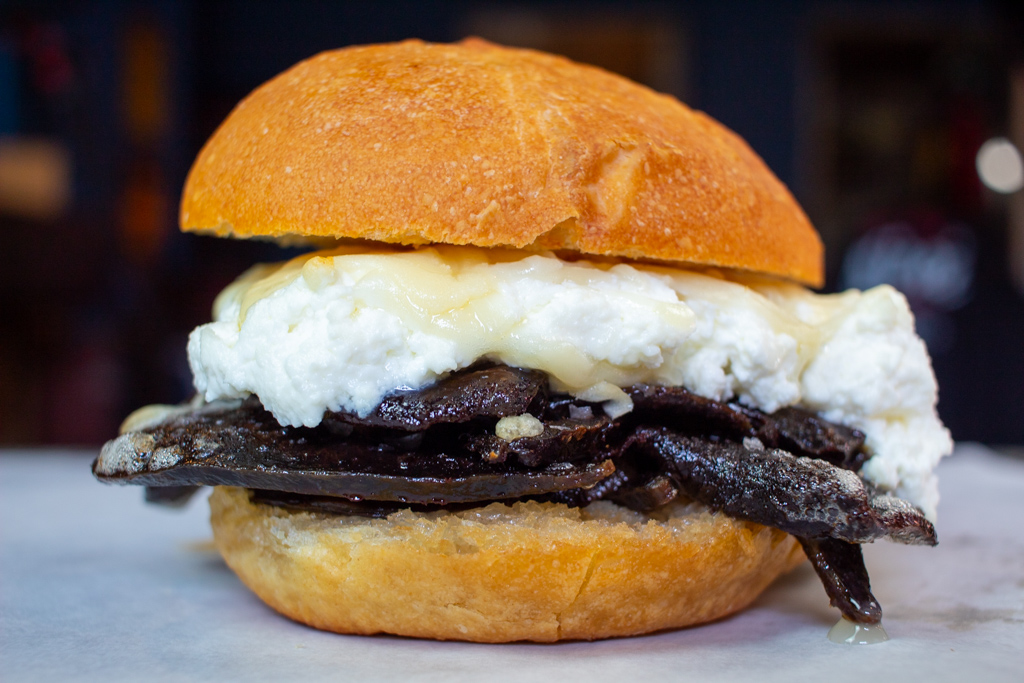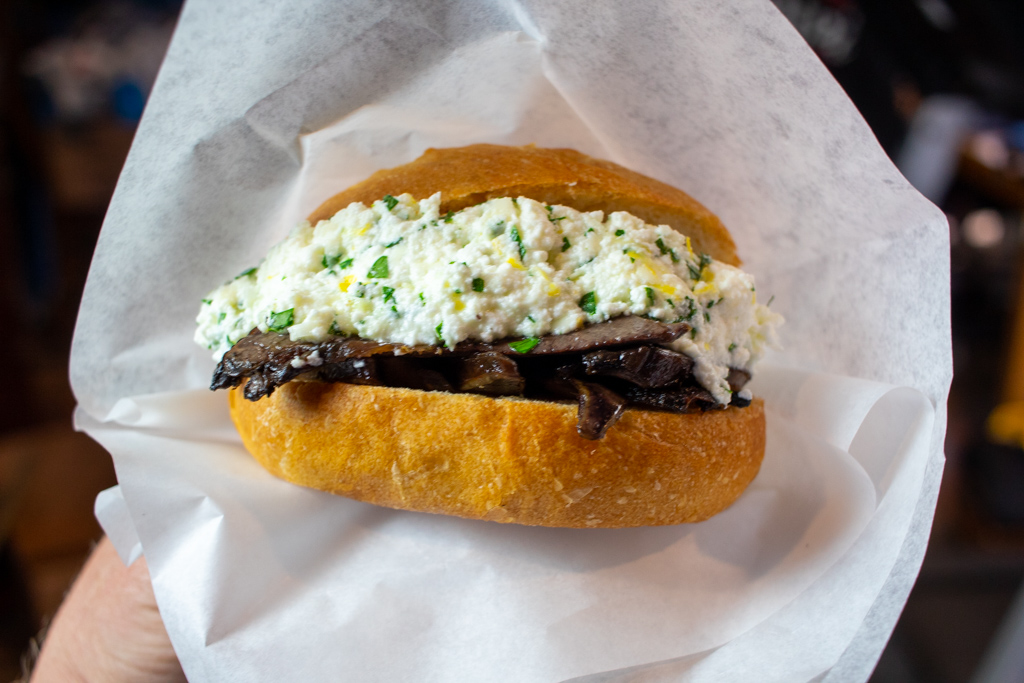Sicilian Vastedda
In the before times, in the early days of the Tribunal, when we hadn’t necessarily even settled on a format yet or who was going to do what and when and all we really knew was that we were going to eat every sandwich on the Wikipedia List of Sandwiches by god and we were going to write about them, we received one of our first-ever comments from someone other than one of us poor suckers who’d been roped into this crazy sandwich journey. It’s still there, on our About Us page, but rather than make you go looking for it I’ll put a screenshot below.

The Sad NY Sicilian wasn’t so much commenting on our site as they were on the List of Sandwiches which had inspired it, or so it seemed to me. At the time, the plan was just to cover those sandwiches, the ones on that Wikipedia page, so if our List was missing a sandwich, it was on Wikipedia, not us. And then we spent about five and a half years going through that Wikipedia List, which expanded as we went along, and we began to realize just how incomplete it was. So when we wrote about Zsiros Kenyer in early 2020 to finish that List, we planned a second A-Z list of our own, not only to cover that which had been added to Wikipedia since our first run but also the sandwiches we were discovering along the way.
Vastedda still is not, to my knowledge, on the Wikipedia List of Sandwiches. But it is on our list thanks to a sad Sicilian in New York who thought we ought to try it. So Vastedda is the name for a Sicilian style of bread roll, and is also shorthand for the typical sandwich made and sold in the streets of Palermo using that roll. That sandwich, more properly called Pani câ meusa or “bread with spleen,” consists of boiled veal or beef spleen, sliced thin and fried in lard, served with ricotta and caciocavallo cheeses and a squeeze of lemon juice.
The Vastedda roll is usually described as a soft round roll, made from a pizza-like dough that includes semolina flour, and is sometimes–but not always–topped with sesame seeds. Since the sandwich is often called by the same name as the bread roll itself, it is difficult to research recipes for the bread–all the recipes for Vastedda sandwiches make the signal-to-noise ratio untenable. To muddy the water further, vastedda is also the name of a type of Sicilian cheese! So I chose to use an Italian semolina roll recipe, replacing some of the semolina with regular bread flour and omitting the sesame seeds.

My result was rolls that were soft inside and crusty outside, yellow from the semolina, and hopefully sturdy enough to handle a load of sliced organ meat dripping with hot lard and covered in multiple types of cheese.

Meat the Organ: Spleen
As an organ, the spleen plays a role in the immune system, filtering the blood much like the liver does but for bacteria rather than toxins and degradable fats. According to an author writing for the Atlantic in 2010, it tastes like “the boiled, grizzly flotsam of a prehistoric monster. Like a fictional creature butchered and left to rot in an ogre’s cellar.” To me, its flavor is similar to its sister organ the liver, highly mineral, though a bit firmer and with more chewy, gristly bits to it.
Veal spleen is typically used for the sandwich in Sicily, though beef spleen has become common as well. The organ is boiled whole in salted water then chilled and sliced thin to be reheated in hot lard. Beef spleen is not a pretty organ, but the meat doesn’t look so bad once it’s sliced.
The sandwich calls for a layer of ricotta cheese to be topped with shredded caciocavallo cheese, and it’s a best-of-both-worlds kind of combination to be sure. Ricotta is a fresh, fine-curded cheese made by coagulating proteins in the whey remaining from other cheesemaking processes. Caciocavallo on the other hand is an aged cheese that starts out similar to mozzarella but ends with a saltier flavor that recalls a sharp provolone. It is often sold in gourd shapes like Scamorza but my local Italian deli cut a hunk off a large brick of it for me instead.
In Palermo, slices of spleen are kept at the ready in a pot of hot lard. When a sandwich is ordered, the vendor cuts or tears open a roll, quickly spears slices of organ meat out of the fat and into the roll, holding them in place with a fork and tipping the roll to drain excess lard. Then he quickly seasons the meat with salt, lemon juice, and cheese, wraps it in paper and hands it over. The entire process, from the order to the completed sandwich, takes about 20 seconds.
The home recipes I’ve seen often add a step wherein the completed sandwich is put into a hot oven for a few minutes to help melt the cheese.
The sandwich made thus is good, but only good. The individual pieces are nice–the spleen substantial, mineral, chewy, accented nicely with a liberal squeeze of lemon juice that still isn’t quite enough to cut through the richness of the organ meat; the cheeses complementary, the soft fresh ricotta and the sharp stretchy caciocavallo melted atop it; the bread roll firm and only slightly yielding, toasted as it was by its time in the oven.

It looked the part, and perhaps I just need to try the real thing in Sicily, but it was somehow lacking cohesiveness.
So I tried playing with the formula. Rather than simply squeezing a lemon directly onto the meat, I reasoned that mixing it into the ricotta would allow it to be retained better by the sandwich. Some lemon zest would help strengthen that lemon flavor. The caciocavallo, too, could be shredded and mixed directly into the ricotta, incorporating it more directly into the sandwich and eliminating the extra step of toasting the sandwich that had made the bread’s texture less suitable. For good measure, I chopped up some Italian flat leaf parsley into the ricotta mixture as well.





It’s not right, not really. But it’s a better sandwich than my first attempt. The caciocavallo and ricotta are still a complementary combination, and the contrast of the cool cheese against the hot meat worked better for me than a cap of melted caciocavallo on top of a bed of ricotta. The lemon flavor is more prevalent, and the combination of sour juice and bright zest is a better foil for the heaviness of the livery spleen flavor.

The spleen is still the star of the sandwich though, no matter how it is dressed. It’s a strong, pervasive flavor from which the ricotta mixture can provide only temporary respite. As intriguing as I found this sandwich while contemplating having one at some future date, the mystique of the years of anticipation has been parted by the reality of the sandwich itself and.. it’s not going to become a favorite any time soon. But if ever I find myself in Palermo, or near the rare US shop that sells one of these, I will be sure to give the real thing a shot.

I like sandwiches.
I like a lot of other things too but sandwiches are pretty great






















Sounds rough